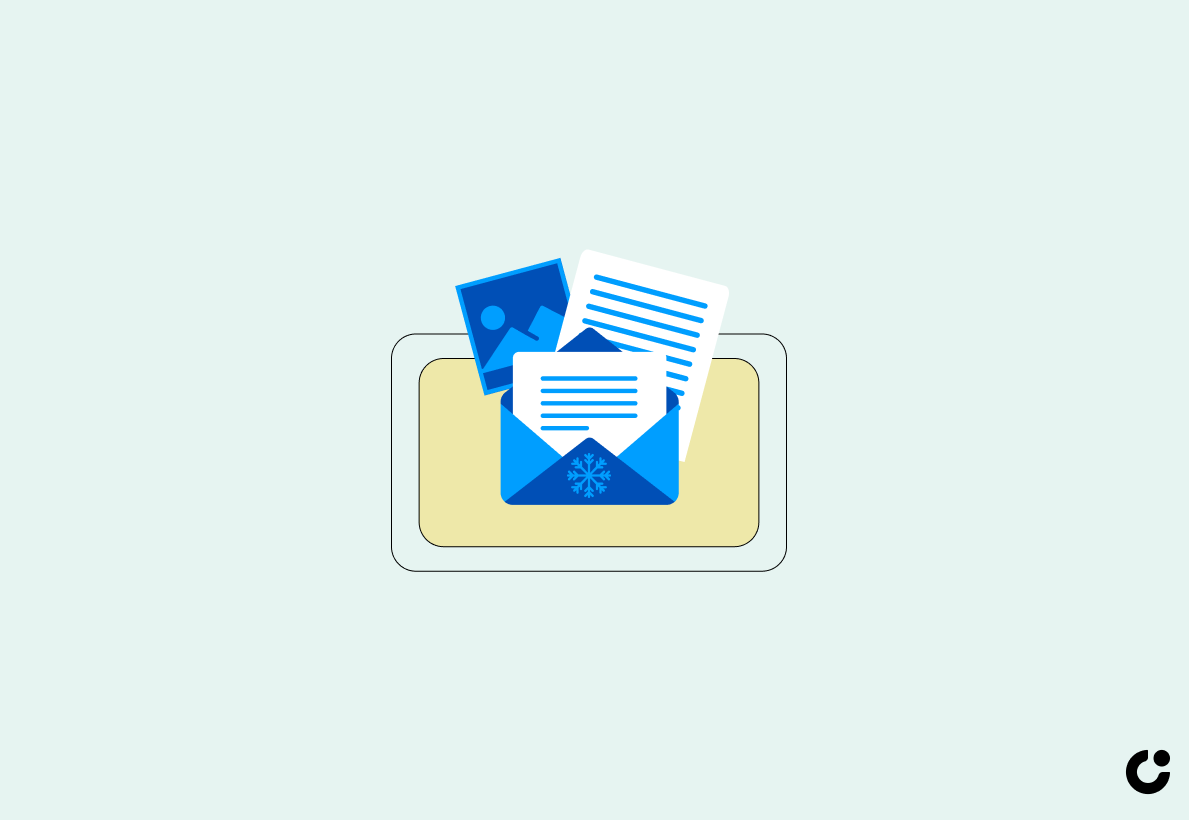Cold emailing remains a powerful tool in the world of business communication, but with the ever-growing competition in every industry, it’s crucial to master the art of crafting an effective cold email. By understanding your target audience, personalizing your approach, and avoiding common mistakes, you can boost your response rates and make meaningful connections with potential clients and partners. In this blog post, we’ll dive deep into these cold email tips and more, so you can elevate your cold emailing game and reap the rewards of successful outreach efforts.
Key Takeaways
- Understand your target audience and identify ideal prospects through industry, job title, and company size.
- Research pain points to create an atmosphere of empathy while crafting irresistible subject lines with personalization.
- Utilize cold email tools for automation, optimization & tracking analytics to measure success rates.
Understanding Your Target Audience

A successful cold email campaign starts with a deep understanding of your target audience. This knowledge allows you to tailor your message in a way that resonates with them, hence improving the probability of a positive response.
Much akin to door-to-door sales and cold calling, a well-crafted, personalized cold email has a higher chance of grabbing the recipient’s attention and eliciting engagement with your content.
Identifying Ideal Prospects
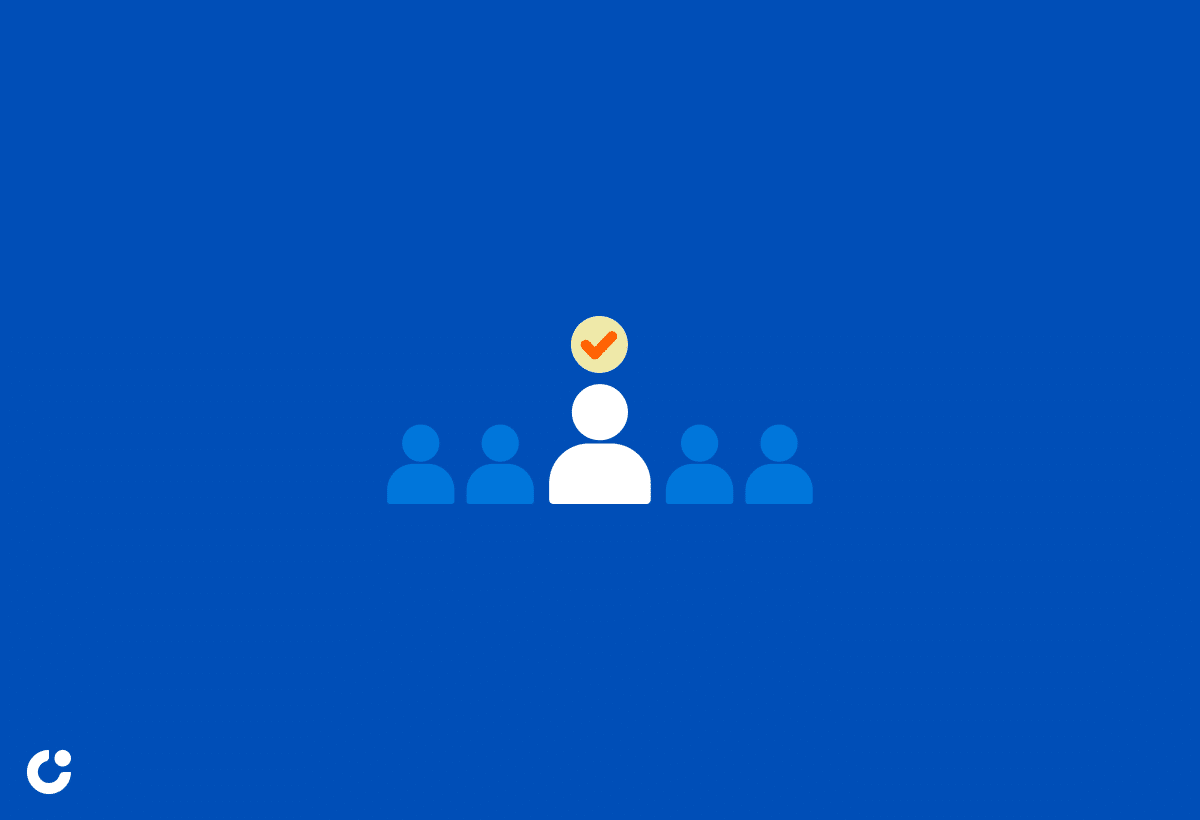
Identifying your perfect prospects involves considering various factors like industry, job title, and company size. This targeted approach guarantees your cold email lands in the right inbox, addressing the recipient’s unique pain points and needs. Segmenting your audience is also crucial, as it enables you to group prospects with similar interests, problems, and levels of engagement.
Research shows that segmented email marketing campaigns can result in a staggering 760% increase in revenue.
Researching Prospect's Pain Points

Investing time in understanding your prospect’s pain points can significantly enhance the impact of your cold emails. By demonstrating empathy and understanding, you make the recipient feel valued and understood, potentially increasing your close rate by up to 70%.
Showing that you’ve conducted research on the prospect’s company and have a specific purpose for reaching out also adds credibility to your email. In essence, the more you know about your prospect’s pain points, the better equipped you’ll be to address them effectively in your cold email.
Crafting an Irresistible Subject Line
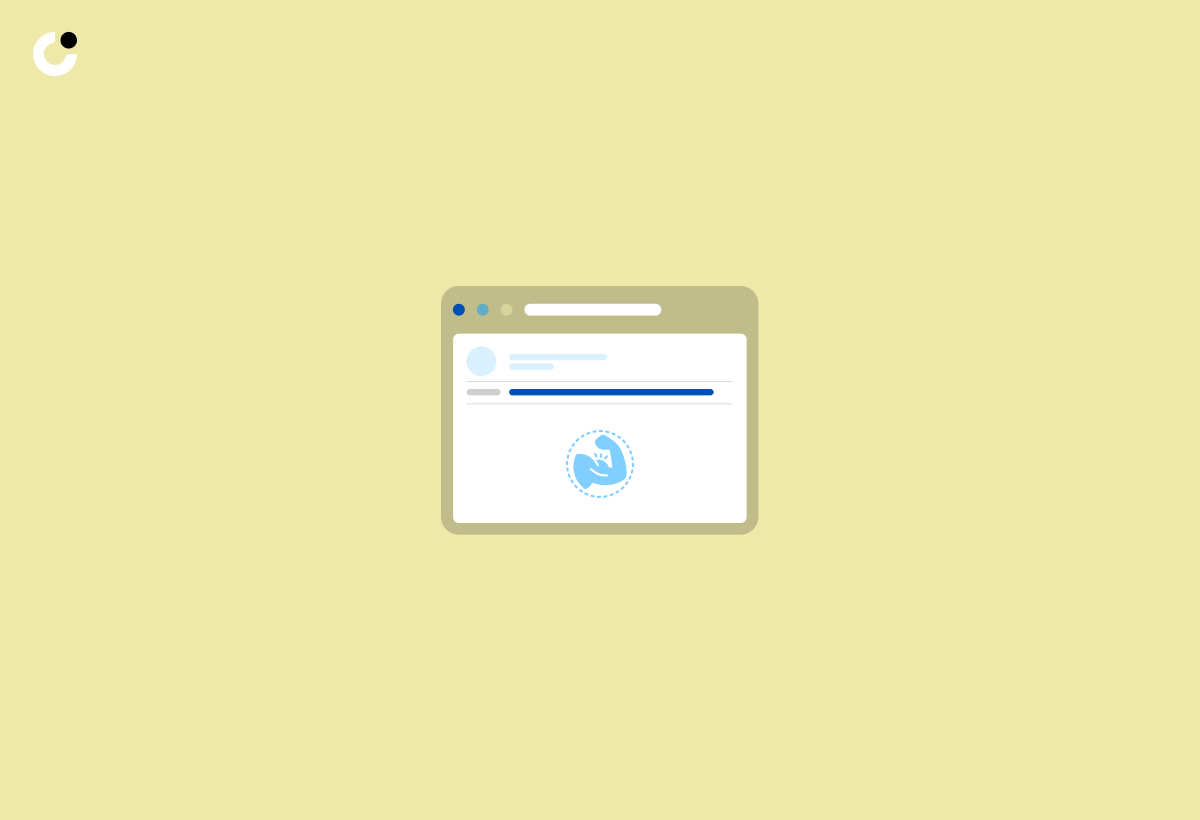
The first element your prospect encounters in your email is the subject line, and it can be the decisive factor in the success or failure of your cold email. The subject line is an important determinant for email success: 35% of recipients open emails simply based on it. This statistic is staggering. To craft an irresistible subject line, focus on making it compelling, personalized, and relevant to the prospect. Keep it concise, with a single purpose, and aim for a length of six to ten words.
Personalization is key to increasing open rates, as it has been shown to boost them by 22.2%. For example, a subject line like “Greetings [prospect name], having difficulty with a certain issue?” addresses the recipient’s main pain point and piques their curiosity.
Remember, your subject line should spark interest and encourage recipients to open your email and explore its content, including your email signature. To ensure your message doesn’t end up in spam folders, make it engaging and relevant.
Personalizing Your Cold Email
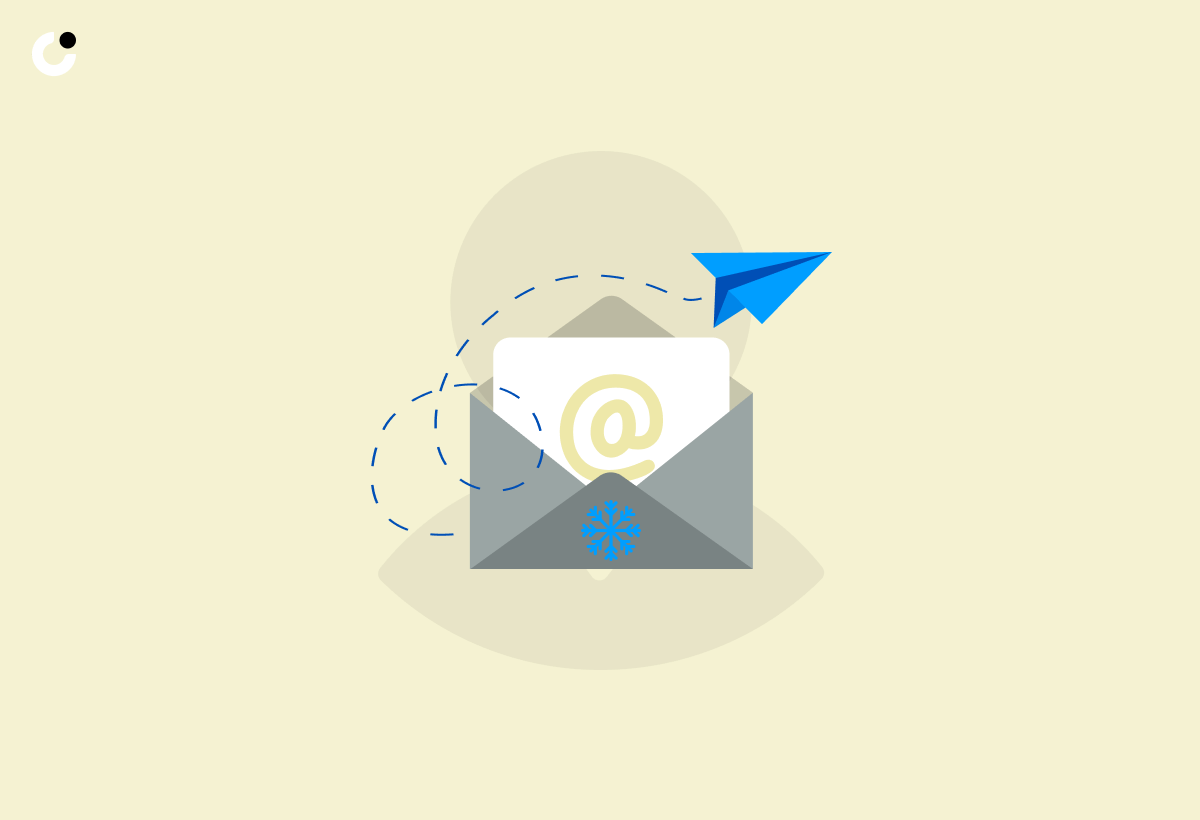
Cold emails require a high degree of personalization. To write cold emails effectively, tailoring your message to each recipient not only makes them feel acknowledged and recognized but also leads to increased engagement and response rates.
The introduction of your cold email should refer to:
- The recipient
- Their professional accomplishments
- Their work
- The company they represent.
By emphasizing the business-related reasons for your outreach and utilizing social proof, you can establish trust and credibility with your prospect.
Using Prospect's Name

Start your cold email with a warm greeting that incorporates the prospect’s name. Using their name conveys recognition and value, increasing the likelihood of them opening and responding to your email. This simple gesture creates a sense of familiarity and connection, making your cold email feel more like a one-to-one conversation with a potential client.
Referencing Mutual Connections or Shared Interests

Another powerful way to personalize your cold email is by mentioning any mutual connections or shared interests you have with the prospect. This validation technique helps establish rapport and credibility, as it shows that you share common ground. Even if you don’t have major contacts or authority to reference, you can still seek out uncommon connections or interests to create a personal connection.
Unique connections increase the likelihood of obtaining a response, so make sure to leverage them in your cold outreach efforts.
Writing an Engaging Opening Line

An intriguing opening line is vital for grabbing the recipient’s attention and enticing them to read more. To create an effective opening line, identify an intriguing fact, accomplishment, or issue about the prospect’s company that you can reference. Avoid focusing on your own business or yourself, as this may come across as self-centered or boastful. Instead, concentrate on the recipient and their needs.
Remember, your email’s opening line sets the tone for the rest of your message. So, make sure it piques the recipient’s interest and motivates them to read on. Incorporating the recipient’s first name and a relevant trigger event can also help create a more personalized and engaging opening line.
Focusing on Benefits and Solutions

In composing your cold email, highlight the advantages and solutions your product or service can offer to tackle the prospect’s pain points and needs. Presenting a solution to a problem they’re currently facing with the use of your product or service can increase the likelihood of them taking action. Be careful not to make exaggerated claims, and ensure to articulate the advantages of your offering in a clear and concise manner.
By concentrating on the value you bring to the table, you can create a compelling pitch that resonates with your prospect.
Implementing a Clear Call-to-Action (CTA)
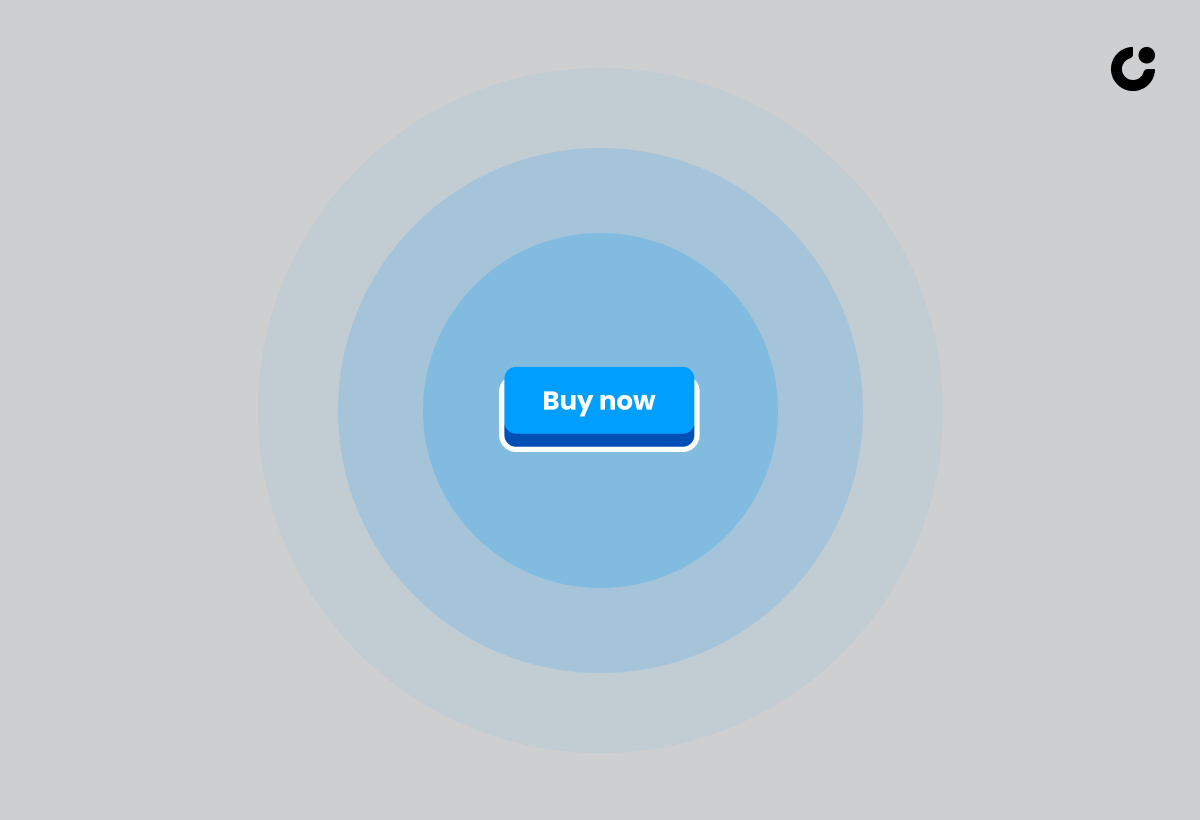
A well-defined call-to-action (CTA) is necessary to steer your prospect towards the intended action, whether it’s scheduling a call or registering for a demo. Your CTA should be concise, easy to understand, and focused on a single goal. For example, “Would you be open to a quick call next week to discuss how our solution can help you tackle [pain point]?” is a clear and specific CTA that encourages the recipient to take action.
When framing your CTA, consider the following questions: What action do I want the recipient to take? What is the primary goal of the CTA? What is the best way to phrase the CTA? By keeping these questions in mind, you can craft a persuasive and effective call-to-action that drives results.
The Art of Follow-Up Emails
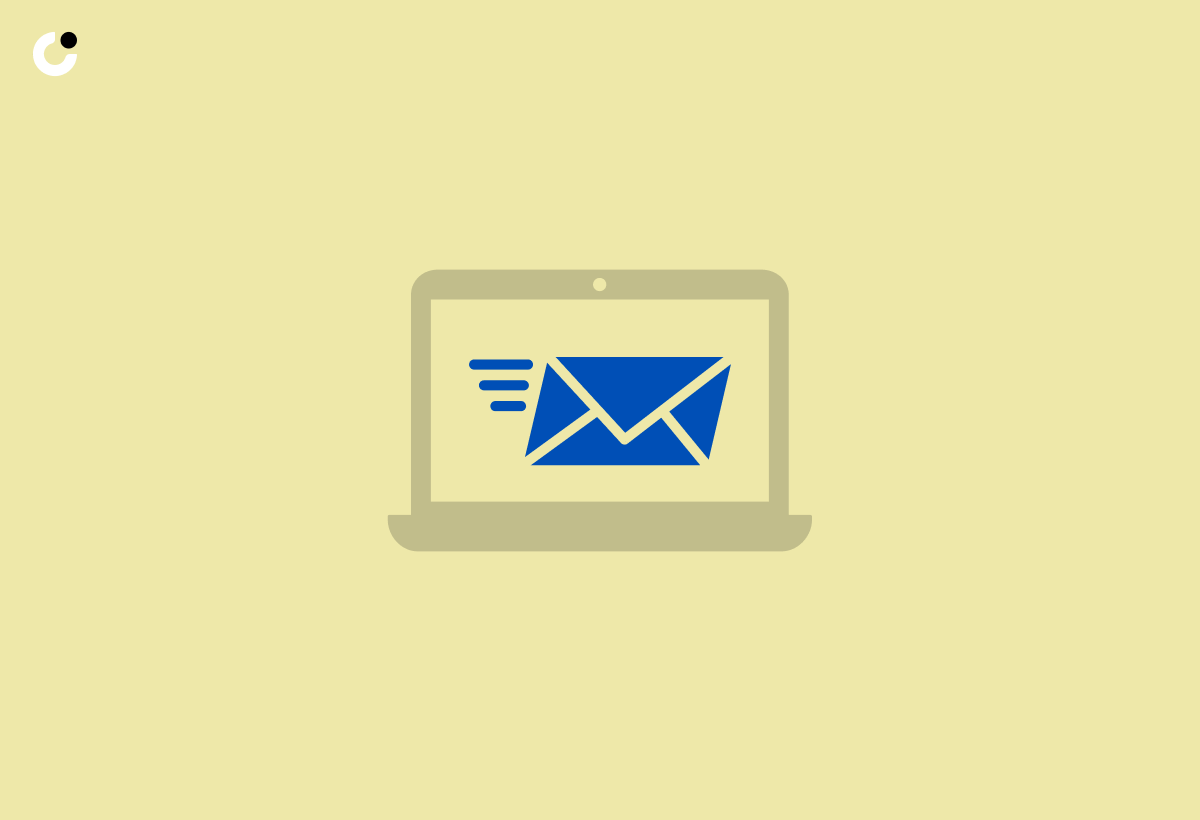
Perfecting the technique of follow-up emails is essential for sustaining engagement and boosting the probability of a favorable response. Research shows that four to seven email sequences in cold email campaigns are more effective than those with fewer emails. These campaigns generate three times as many responses..
Persistence and having a plan in place are essential for a successful follow-up sequence in a cold email campaign.
Timing and Frequency
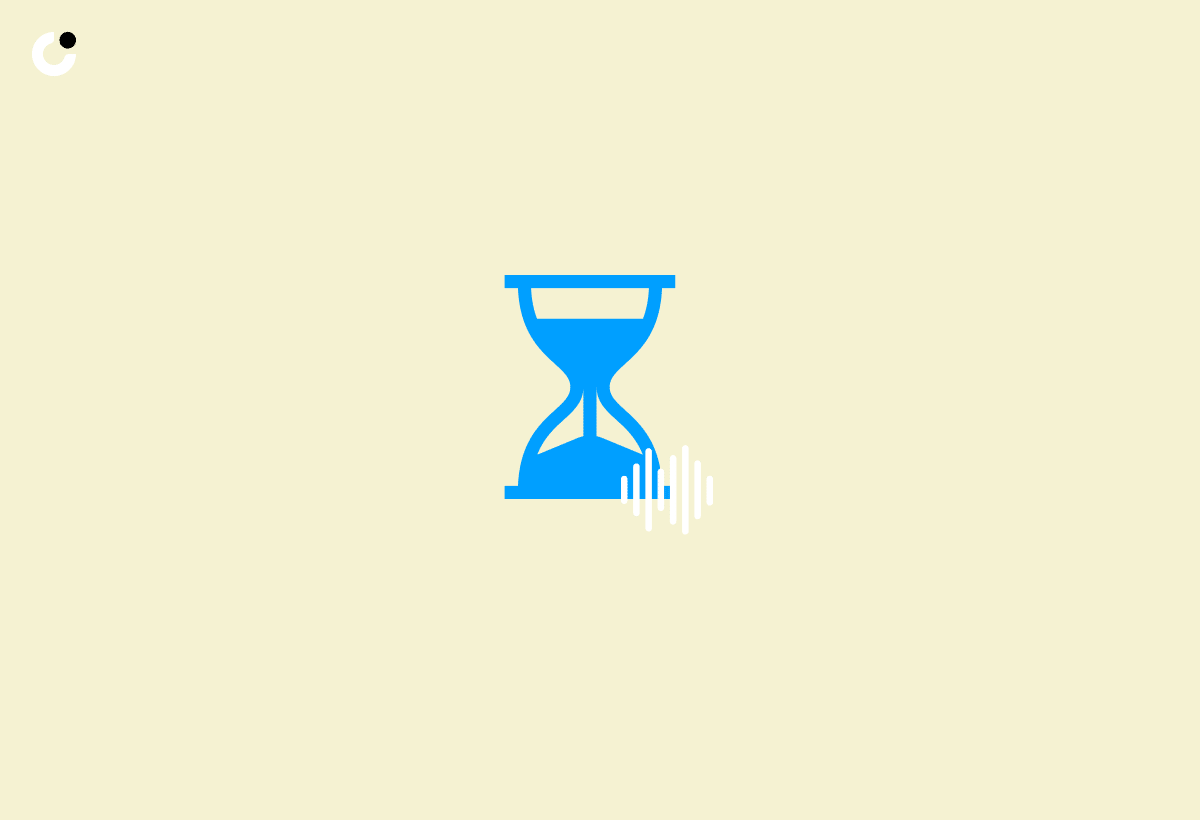
When determining the timing and frequency of follow-up emails, it’s important to strike a balance between persistence and not overwhelming or annoying your prospects. Here are some guidelines to follow:
- Send the first follow-up email after a period of two to three days. This can increase the response rate by 49%.
- Aim to wait at least 3-5 business days before sending subsequent follow-ups.
- Consider the most advantageous days of the week for sending follow-up emails, such as Tuesdays.
By following these guidelines, you can improve your chances of getting a response without being too pushy.
Adding Value in Follow-Ups

Adding value in follow-up emails is crucial for maintaining engagement with your prospects. Here are some ways you can provide supplementary information, resources, or solutions relevant to their needs:
- Share a case study that showcases how your product or service has helped other clients overcome similar challenges.
- Send a relevant blog post that offers insights or tips related to the prospect’s industry or pain points.
- Provide a helpful guide or ebook that addresses the prospect’s specific pain points and offers actionable solutions.
By offering valuable content and resources, you can establish trust and show that you’re committed to assisting your prospects.
By offering value in your follow-up emails, you increase the chances of a positive response and foster a lasting relationship with your prospect.
Avoiding Common Cold Email Mistakes
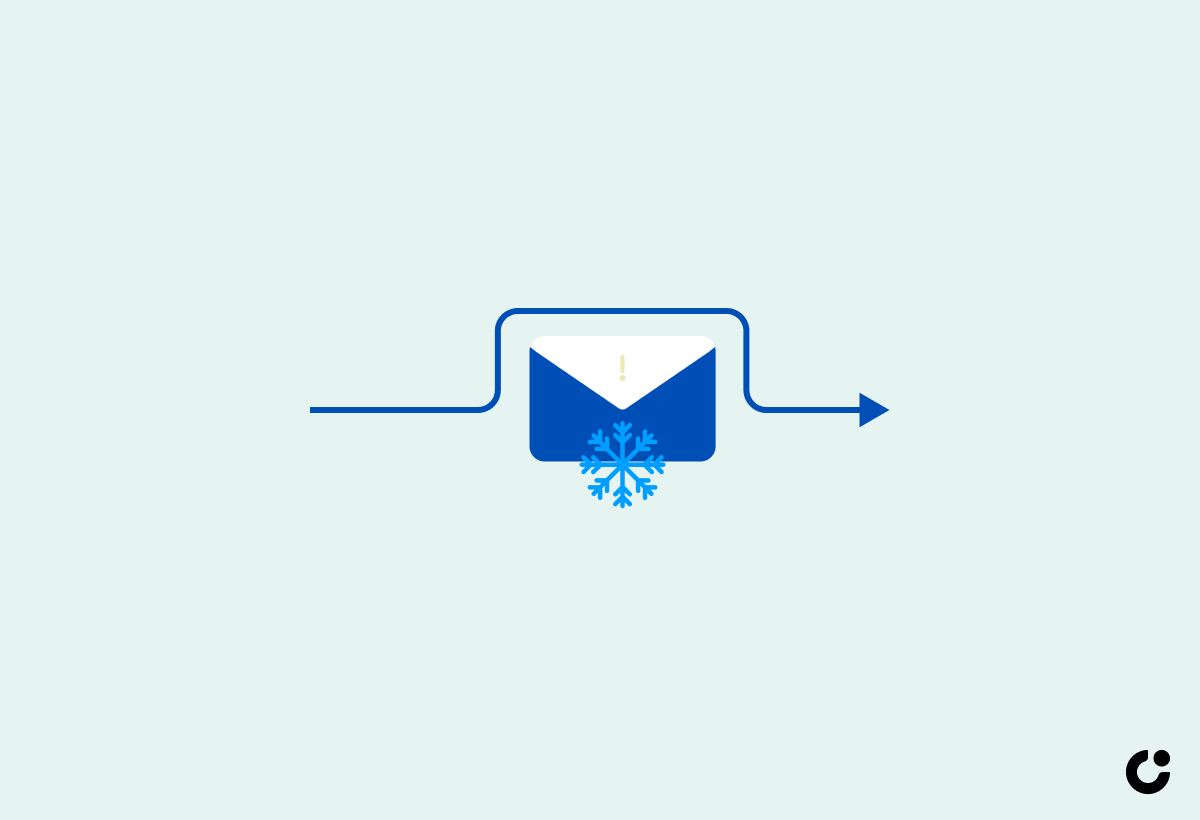
When creating cold emails, there are numerous common blunders to sidestep. Being overly salesy or aggressive in your language can be off-putting to prospects, so focus on building relationships and providing value instead. Writing cold emails requires avoiding the use of a generic cold email template, as it can make your email feel impersonal and less engaging. While templates can be a helpful starting point, always customize them to make it appear as if they were written from scratch. Remember, rambling cold emails suck, so keep your message concise and to the point.
Finally, neglecting to proofread your cold email can leave a negative impression on your prospects. Errors in grammar, spelling, or punctuation can decrease potential leads by up to 25%. To ensure your cold email is polished and professional, consider using writing tools like Grammarly or Hemingway to proofread your content.
Utilizing Cold Email Tools and Software
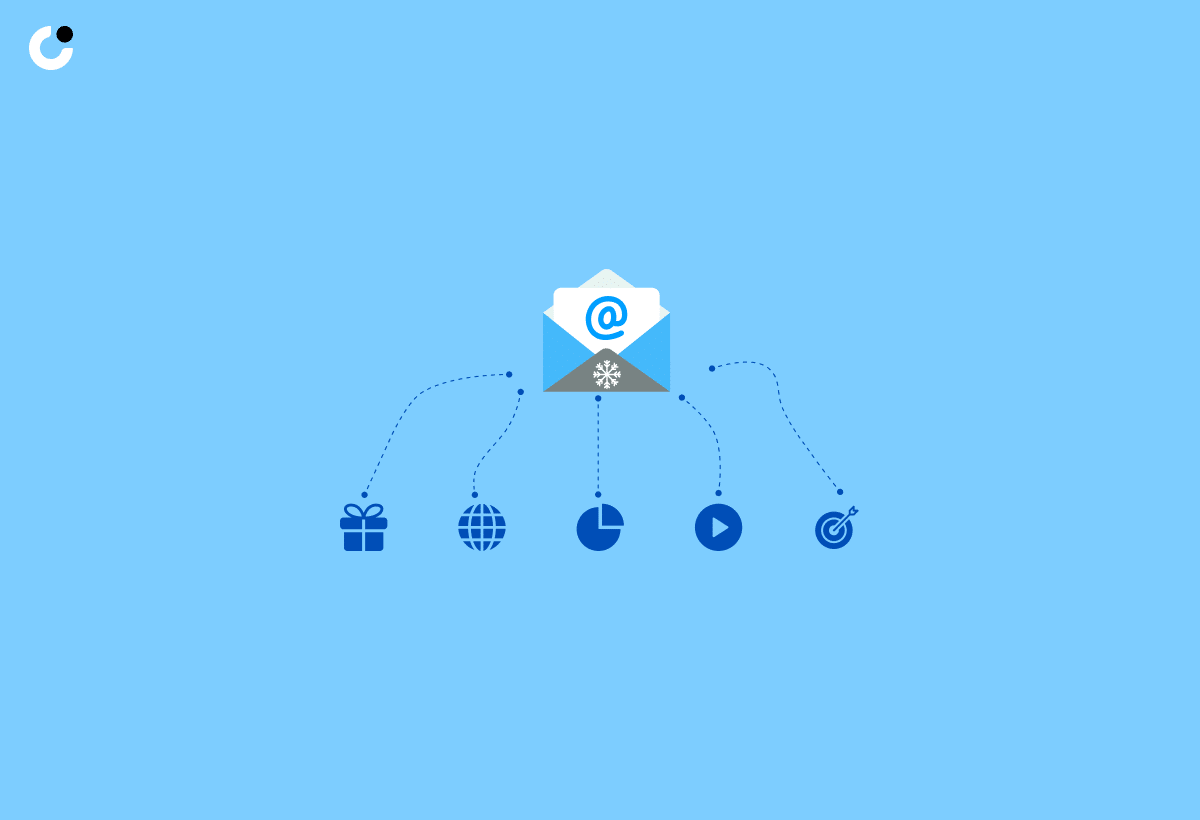
Tools and software for cold email can significantly boost your outreach initiatives by providing automation, optimization, and tracking for your email campaigns. Some popular tools for cold email include:
- Woodpecker: Offers features like email tracking, scheduling, automation of follow-ups, and personalized emails.
- SalesHandy: Provides email tracking, mail merge, and automated follow-ups.
- Snov: Offers email finder, verifier, and sender features.
By streamlining your cold email process with these tools, you can save time and effort, allowing you to focus on the quality of your content and the relationships you’re building with prospects.
In addition to facilitating automation, many cold email tools provide analytics and insights that can help you refine your outreach strategy. By measuring and analyzing your cold email campaigns, you can identify areas for improvement and make data-driven decisions to optimize your approach.
Measuring and Analyzing Your Cold Email Campaigns
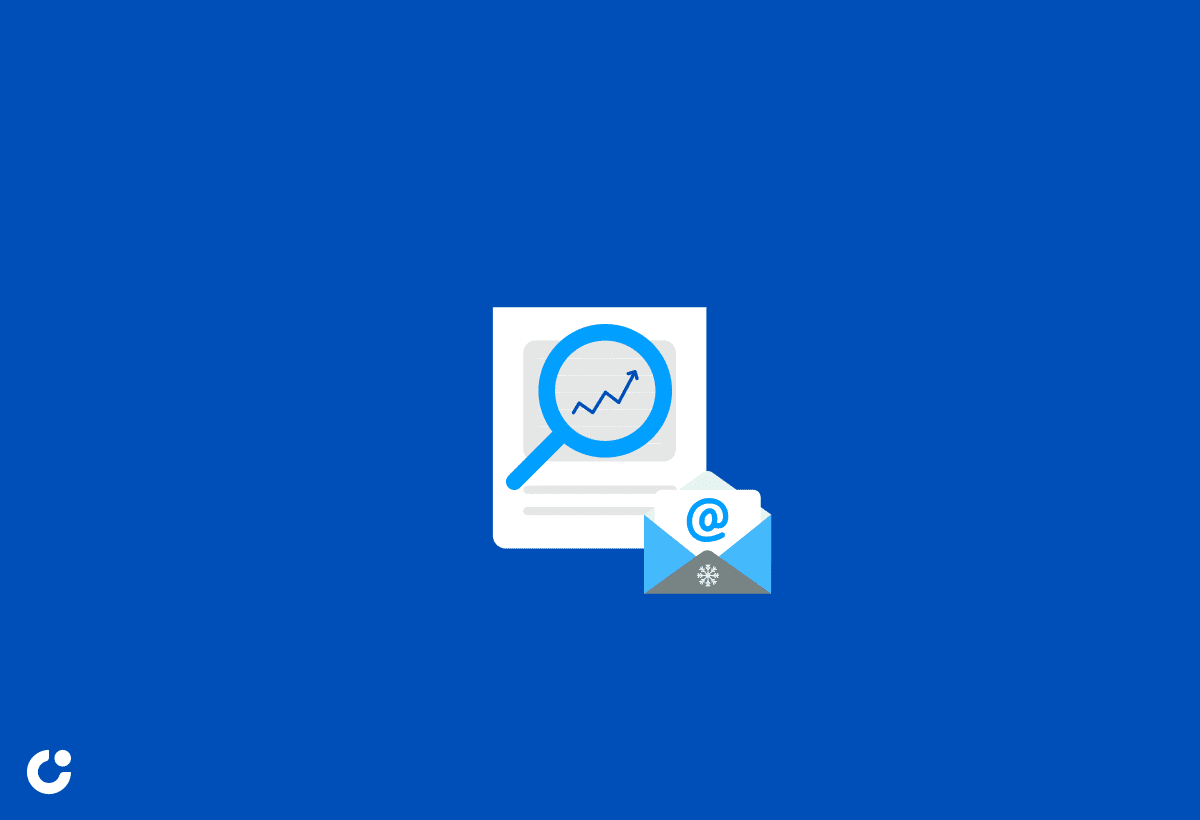
It is essential to measure and analyze your cold email campaigns to pinpoint areas that need improvement and fine-tune your outreach strategy. By tracking metrics such as open rates, click-through rates, and response rates, you can gain insights into what’s working and what needs adjustment. This data-driven approach allows you to optimize your cold emails, ensuring your message resonates with your target audience and yields better results.
Utilize the analytics provided by your cold email tool or software to monitor the performance of your campaigns. Make adjustments as needed, and don’t be afraid to test different strategies, subject lines, and content to find what works best for your prospects. Continuous improvement is key to achieving success in your cold email campaigns.
Summary
In conclusion, mastering the art of cold emailing can significantly boost your response rates and help you forge meaningful connections with potential clients and partners. By understanding your target audience, crafting irresistible subject lines, personalizing your emails, and avoiding common mistakes, you can elevate your cold emailing game and reap the rewards of successful outreach efforts. Utilize cold email tools and software to automate, optimize, and track your campaigns, and continuously measure and analyze your results to refine your strategy. With these tips and strategies in hand, you’re well-equipped to conquer the world of cold emailing.
Frequently Asked Questions
How do you successfully cold email?
To successfully cold email, research the person or company you are reaching out to, keep your emails short and to the point, and personalize your message with a friendly, conversational tone addressed to the recipient by name.
How do you stand out in a cold email?
To stand out in a cold email, be specific about who you are and why you're interested in the company. Keep it short and to the point, personalized to the recipient, and highlight your strengths. Start off with a friendly greeting and make it easy for them to contact you.
What not to say in a cold email?
Avoid talking about yourself and skip the introduction. Focus on what your prospect needs, not what you have to offer. Professionalism is key when crafting a cold email.
Are cold emails illegal?
Cold emailing is totally legal as long as rules set by regulatory authorities in the recipient's region are followed. Laws and acts are in place to protect people from spam emails.
What factors should I consider when identifying ideal prospects for my cold email campaign?
When creating a cold email campaign, consider the industry, job title, and company size of your prospects to ensure you target the right people and address their individual needs and challenges.

